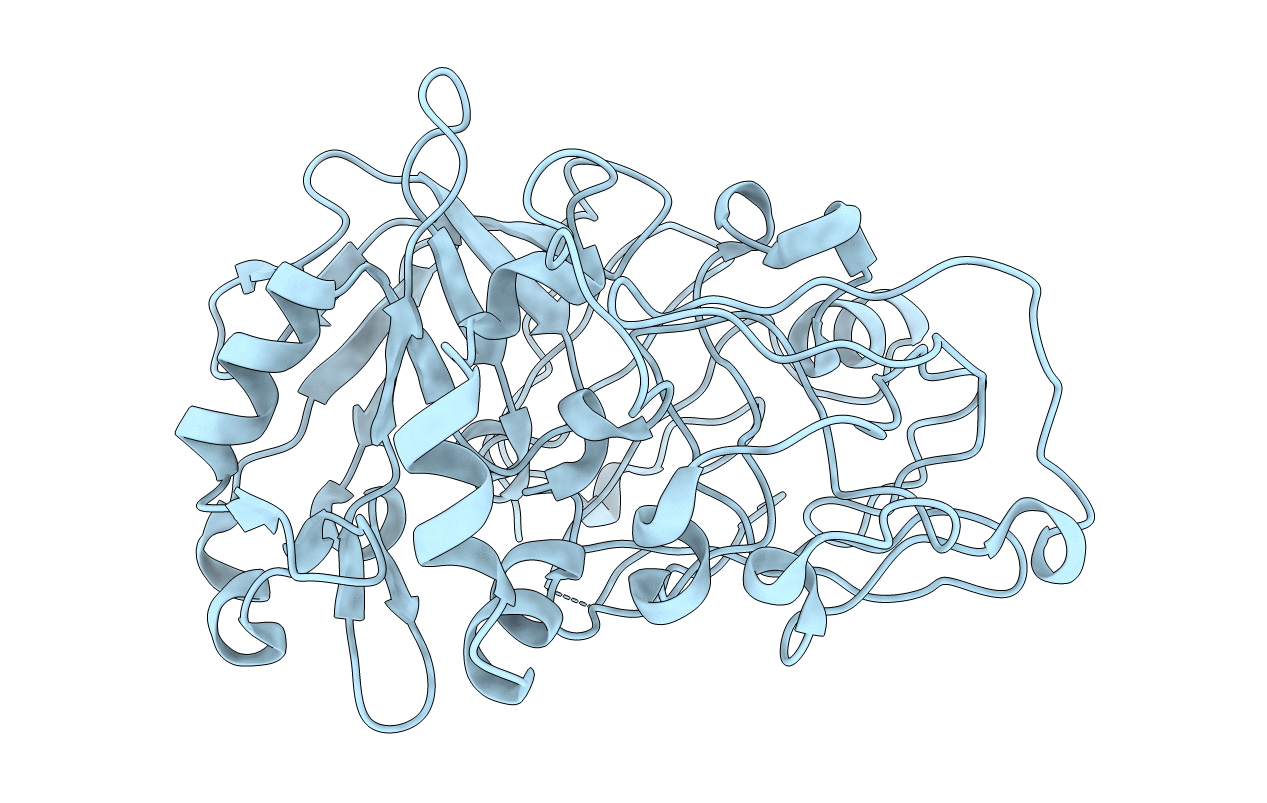
Deposition Date
1991-09-03
Release Date
1993-01-15
Last Version Date
2024-11-20
Entry Detail
PDB ID:
3PSG
Keywords:
Title:
THE HIGH RESOLUTION CRYSTAL STRUCTURE OF PORCINE PEPSINOGEN
Biological Source:
Source Organism:
Sus scrofa (Taxon ID: 9823)
Method Details:
Experimental Method:
Resolution:
1.65 Å
R-Value Observed:
0.17
Space Group:
C 1 2 1


